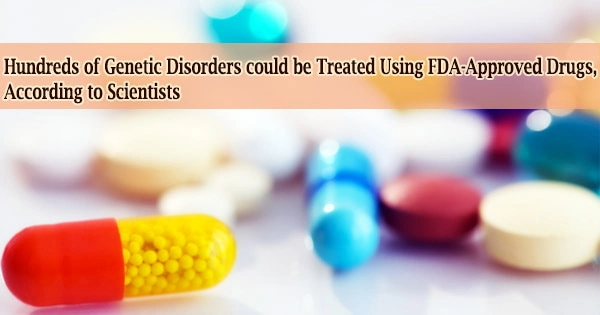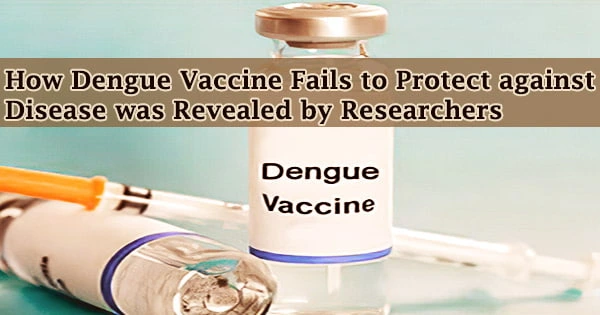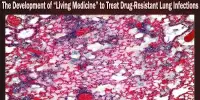NMD, or nonsense-mediated RNA decay, is an evolutionarily conserved biological mechanism for the degradation of potentially faulty messenger RNAs, or mRNAs.
It functions as an RNA quality control and gene regulatory mechanism by decreasing gene expression mistakes. Neurological disorders, immunological diseases, malignancies, and other pathologies might result from its disturbance.
A group of biomedical experts from the University of California, Riverside, developed a simple and reliable approach for determining medication effects on NMD. The researchers looked at all current FDA-approved medications to see if any of them were NMD modulators, which could help treat hundreds of illnesses linked to NMD.
“These drugs, by modulating cellular NMD efficiency, can potentially alleviate symptoms of genetic disorders caused by nonsense mutations,” said Sika Zheng, an associate professor of biomedical sciences in the School of Medicine, who led the study that appears in the journal Molecular Therapy Nucleic Acids. “Two examples are Duchenne muscular dystrophy and cystic fibrosis.”
Defective mRNAs are targeted by cell surveillance mechanisms. Errors in protein synthesis could occur if these systems, which function in the cell nucleus and cytoplasm, were not present. One of the most well-studied RNA surveillance processes is NMD.
These drugs, by modulating cellular NMD efficiency, can potentially alleviate symptoms of genetic disorders caused by nonsense mutations. Two examples are Duchenne muscular dystrophy and cystic fibrosis.
Sika Zheng
Its name relates to a form of mutation known as “nonsense.” NMD is involved in cell cycle regulation, cell viability, and the response to DNA damage. It also acts as a virus-defeating barrier.
“NMD degrades aberrant mRNAs and prevents their expression,” Zheng said. “More than 20% of monogenic diseases which means hundreds of rare diseases, including sickle cell anemia are attributed to genetic mutations directly targeted by NMD. Excessive aberrant mRNAs also play a role in Lou Gehrig’s disease and myelodysplastic syndromes. Therefore, NMD modulation can help modify diseases outcomes. Several NMD modulators we identified can be tested in animal models of aforementioned diseases.”
Current FDA-approved medications do not appear to target NMD, according to Zheng. They haven’t been thoroughly investigated for their impact on cellular NMD activity. For this investigation, Zheng and his colleagues initially created the AS-NMD assay, a robust sensitive assay or test that quantifies cellular NMD activity.
After that, they got a library of 704 FDA-approved medications. They used the AS-NMD test to evaluate cellular responses after treating cells with each of these medications.
“We wanted to know whether the FDA-approved drugs can be repurposed to modulate NMD,” he said. “So we treated cells with each FDA-approved drug and tested whether cellular NMD activity was affected. We found one drug had a strong effect on NMD; four drugs had mild effects. We now have solid information for the effect of 704 FDA-approved drugs on NMD.”
The approach we created made this possible; without it, profiling 704 medicines to such a high level of precision would be impossible. Old approaches are either excessively time-consuming or insufficiently exact.
NMD-modulatory medications, according to Zheng, should be further studied for their molecular targets, as well as improved and repurposed for NMD-related disorders.
“Nonsense mutation-associated disorders are orphan diseases with a wide range of varied symptoms,” he said. “We should think of targeting their commonality: the associated NMD pathway.”
Following that, the study team intends to test certain medication candidates on animals. They intend to scale up their experiment in order to profile larger chemical libraries.
The National Institutes of Health and the University of California, Riverside Center for Molecular and Translational Medicine supported the study.
















